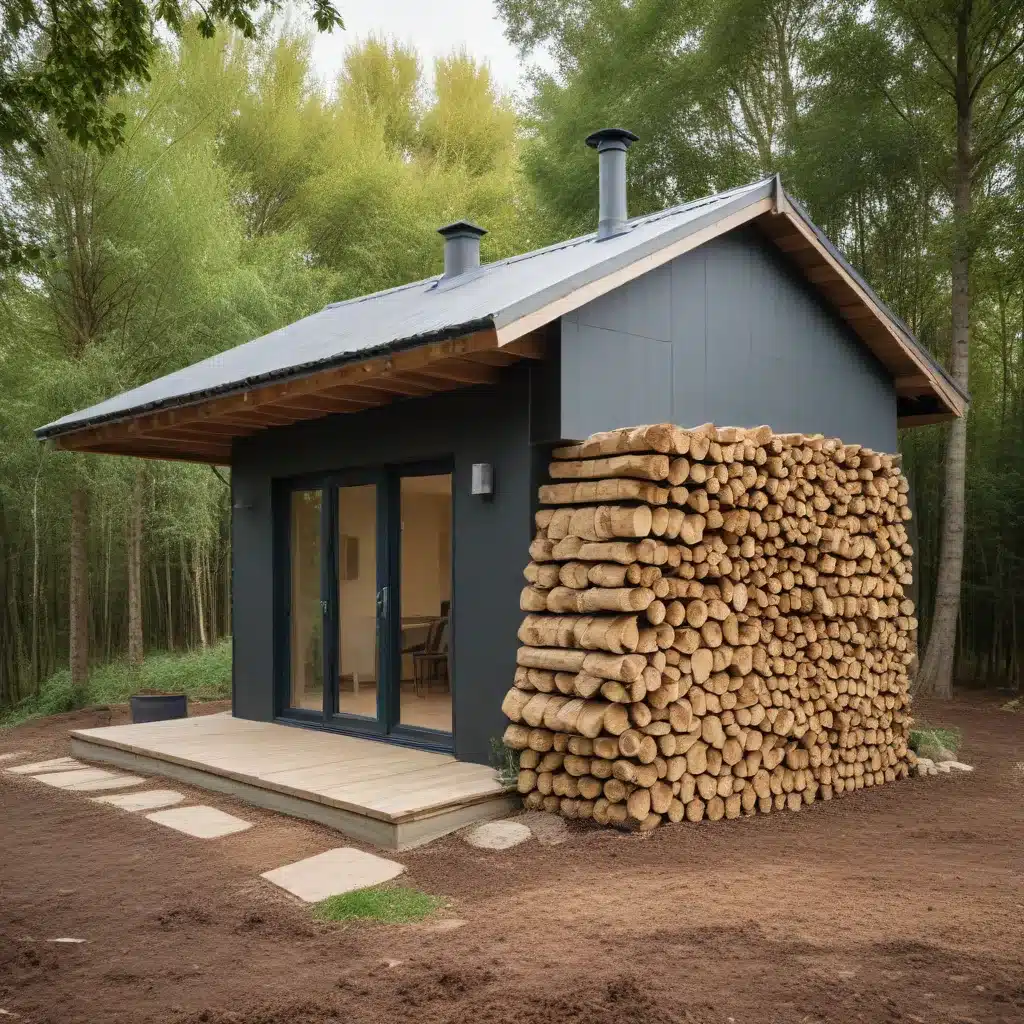
Sustainable Home Extensions: Enhancing Sustainable Building Biomass Heating
As an experienced home extension consultant, I’m excited to share insights on leveraging sustainable building practices and biomass heating systems to create eco-friendly home extensions. In this comprehensive guide, we’ll explore how to integrate renewable energy sources, optimize energy efficiency, and minimize the environmental impact of your home improvement project.
Sustainable Building Practices
The foundation of a truly sustainable home extension lies in implementing eco-friendly design principles from the ground up. Let’s delve into some key strategies that can help you build a greener, more energy-efficient addition to your home.
Bioclimatic Design
Bioclimatic design is an approach that considers the local climate and site conditions to optimize the building’s energy performance. By carefully analyzing factors like solar orientation, wind patterns, and natural shading, we can design a home extension that minimizes the need for artificial heating, cooling, and lighting. This passive approach to sustainability can lead to significant long-term energy savings and reduced carbon footprint.
Passive Solar Heating
One of the most effective bioclimatic strategies is passive solar heating. By strategically placing windows, designing overhangs, and incorporating thermal mass materials, we can harness the sun’s energy to warm your home naturally. This reduces the reliance on fossil fuel-powered heating systems, cutting both energy costs and emissions.
Energy-efficient Materials
The choice of building materials plays a crucial role in sustainable home extensions. Opt for high-insulation components, such as structural insulated panels (SIPs) or advanced insulation systems, to minimize heat loss and gain. Additionally, consider using renewable, low-embodied-energy materials like timber, straw bales, or rammed earth, which have a lower environmental impact compared to traditional construction methods.
Biomass Heating Systems
Alongside energy-efficient design, incorporating biomass heating systems can further enhance the sustainability of your home extension. Biomass energy, derived from organic materials like wood or agricultural waste, offers a renewable and carbon-neutral alternative to traditional fossil fuel-based heating.
Wood-Burning Stoves
One of the most popular biomass heating options is the wood-burning stove. These efficient appliances can provide supplemental or primary heating for your home extension, while minimizing emissions through advanced combustion technologies. When sourced from sustainably managed forests, wood fuel can be a truly renewable and environmentally friendly choice.
Pellet Stoves
Pellet stoves are another biomass heating solution that’s gaining tpopularity. These automated systems burn compressed wood or agricultural pellets, offering a clean and convenient way to heat your home extension. Pellet stoves often boast high efficiency ratings and can be seamlessly integrated into your home’s heating system.
Biofuel Furnaces
For larger home extensions or whole-house heating, biofuel furnaces present an excellent sustainable option. These furnaces can burn a variety of biomass fuels, such as wood chips, agricultural residues, or even municipal solid waste, to generate heat. Biofuel furnaces can be paired with hydronic or forced-air distribution systems to ensure even and efficient heating throughout your home.
Enhancing Sustainable Biomass
To truly maximize the sustainability of your biomass heating system, it’s important to consider the broader supply chain and environmental impact. Let’s explore some key factors that can enhance the overall sustainability of your biomass-powered home extension.
Renewable Fuel Sources
Sourcing your biomass fuel from sustainable, renewable sources is crucial. Look for suppliers who can provide wood, agricultural residues, or other biomass materials from responsibly managed forests or farms. This ensures that your fuel supply is not depleting natural resources or compromising food production.
Carbon-Neutral Emissions
Biomass heating systems are often considered carbon-neutral because the carbon dioxide released during combustion is balanced by the carbon sequestered during the growth of the biomass fuel. However, it’s essential to verify the emissions profile of your chosen biomass system to ensure it aligns with your sustainability goals.
Efficiency Improvements
Continuously improving the efficiency of your biomass heating system can further enhance its environmental benefits. This may involve upgrading to newer, more advanced models, implementing regular maintenance, or exploring options like combined heat and power (CHP) systems that maximize the utilization of the biomass fuel.
Integrating Biomass with Home Extensions
When designing and constructing your sustainable home extension, it’s important to consider the integration of biomass heating systems seamlessly into the overall project. This will ensure optimal performance, functionality, and aesthetic appeal.
Architectural Considerations
The architectural design of your home extension should accommodate the necessary components of the biomass heating system, such as the boiler, fuel storage, and distribution infrastructure. Careful space planning and integration with the existing building can help create a cohesive and visually appealing solution.
Space Planning for Biomass Systems
Allocating sufficient space for the biomass heating system and its associated elements is crucial. This includes designating an area for fuel storage, allowing easy access for deliveries, and ensuring adequate clearance around the heating appliance for maintenance and operations.
Retrofitting Existing Homes
If you’re considering a home extension project for an existing property, integrating a biomass heating system can be a bit more challenging. However, with the right expertise and planning, it’s often possible to retrofit a biomass system into your home extension, even in older structures. This can involve modifying the layout, upgrading the insulation, and optimizing the distribution system to accommodate the new heating solution.
By embracing sustainable building practices and leveraging the power of biomass heating, you can create a truly eco-friendly and energy-efficient home extension that not only enhances your living space but also contributes to a more sustainable future. Remember, as an experienced home extension consultant, I’m here to guide you through every step of the process, ensuring your project aligns with your sustainability goals.
If you’re ready to embark on your sustainable home extension journey, contact our team at ABC Home to learn more about how we can help you integrate biomass heating and other green building strategies into your project. Together, we can transform your home into a showcase of sustainable living.
















